Editor Kevin Crozier clears his workbench to start work on Pilot-RC’s 78-inch version of the Next Generation Extra.
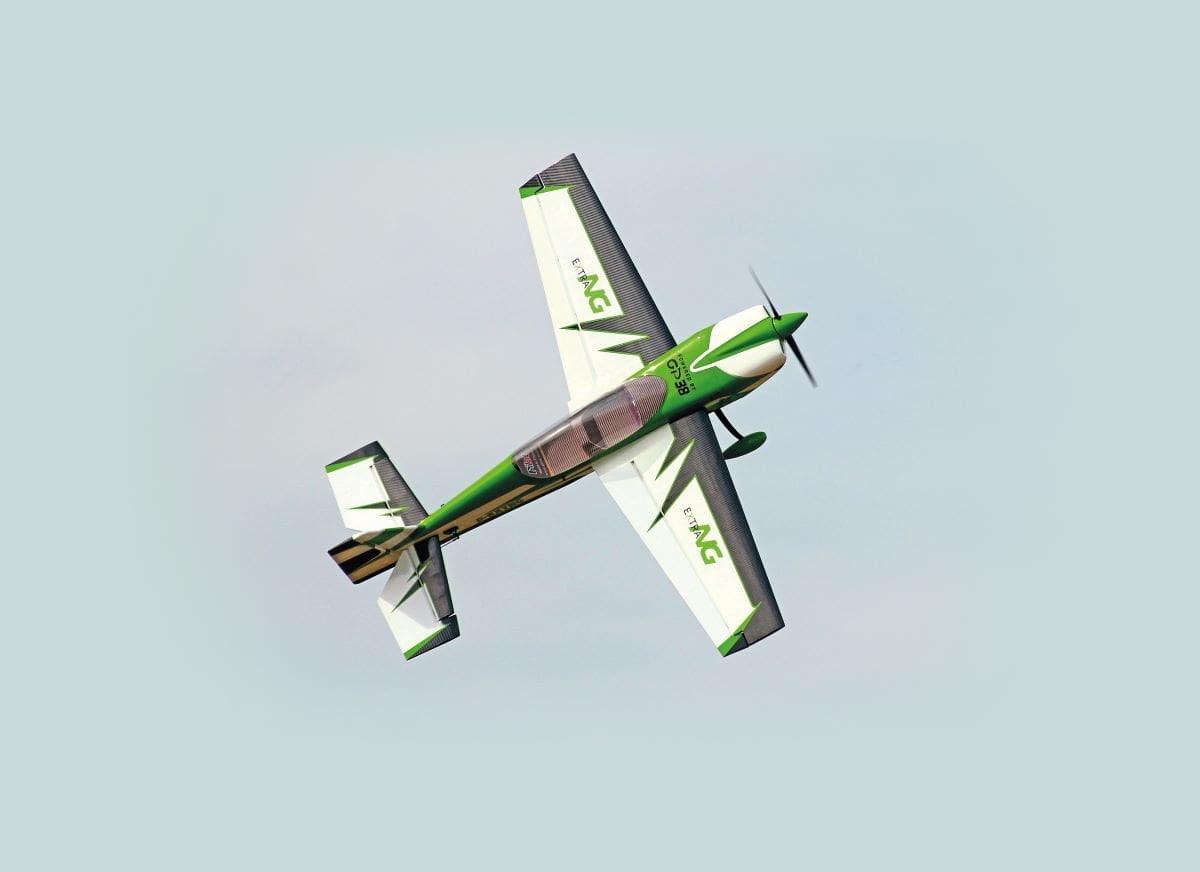
Words » Kevin Crozier Photos » Kevin Crozier, Pilot-RC
It will probably come as no surprise that NG in the moniker of the full-size version of this stylish aerobatic aircraft from Extra Aerobatic Planes stands for Next Generation. The 8.3 metre wingspan aircraft features carbon fibre wing assemblies, a two-seat carbon monocoque fuselage and is powered by a 315hp Lycoming six-cylinder engine. It is rated at +10/-10g during aerobatics.
Enjoy more RCM&E Magazine reading every month.
Click here to subscribe & save.
Just a year after Extra unveiled their eye-catching new design Pilot-RC did the same with their 1.97 metre scale version to provide a high quality 1:4.2 scale R/C kit that experienced model builders can put together in a day. But, as regular readers will already know, I am a bit of a slow coach when it comes to building my models, mainly because I am a bit of a fusspot and tend to do more thinking than doing. So, settle in for a longer ride as I put this highly prefabricated model aircraft together.
As with previous ‘project’ kits, as I like to call anything that I expect to take me a while, I intend to write the Pilot-RC Extra NG up as a three-part series, starting in this issue with unboxing the kit and examining the contents. Part two will cover construction, but due to my relaxed building sessions this may not follow straight away. Then, in due course, I will let you know how it flies, hopefully with an opinion or two added by experienced aerobatic pilots.
BIG BOX
Distributed in the UK by MacGregor Industries this model is shipped in a really strong box made from thick honeycomb cardboard. Internal dividers of the same material are hot glued in place to keep the polythene bagged airframe components in tip top condition. One end of the box is sectioned off and contains an impressive collection of hardware, the smaller items of which are bagged up in a long string and which reminded me of those French sweets that, as teenagers, my chums and I used to buy on school trips to Calais and Boulogne. At the other end a similar hot glued area holds the impressive one-piece, pre-decorated cowl.
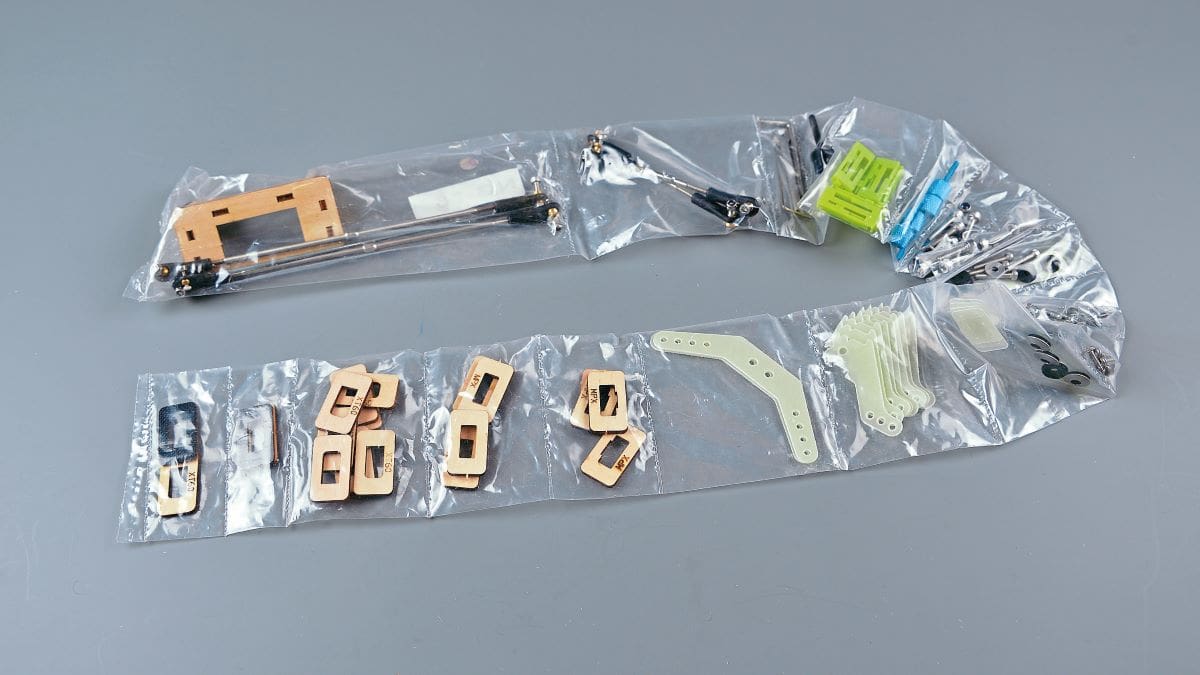
TAIL FIRST
First out of the box were the tailplane halves. These set a high bar for their standard of construction, which I am pleased to report is maintained throughout the rest of the airframe. They use a mixture of lite-ply and balsa components, lite-ply being used for the root ribs and the inboard ribs that support the 12.5 mm I/D carbon mounting tubes. A stout carbon peg locates the panels at the correct incidence and they are secured with two bolts that trap the root ribs against the fuselage sides. The root ribs have two hooks on their undersides to accept the mounting bolts. At first, I thought that the hooks provided a quick release system but I now realise that they simply provide easy location for the two bolts rather than trying to line them up through small holes in mounting tabs as is used on earlier Pilot-RC designs.
As with construction the covering is first class too, with carbon effect panels and red trim lines neatly applied over a silver/red base of genuine Oracover. All film edges are well heat sealed.
The elevators are factory fitted and pre-hinged to the main tail panels. The hinge gaps are sealed using full length strips of Oracover but this has been done without compromising the full movement of the control surfaces. The finished panels weigh 106 and 108 grams respectively so are well matched.
The large rudder is constructed and neatly covered in a similar way. However, to keep the already huge box to the minimum length possible it needs hinging to the fin, which is pre-built into the rear of the fuselage.
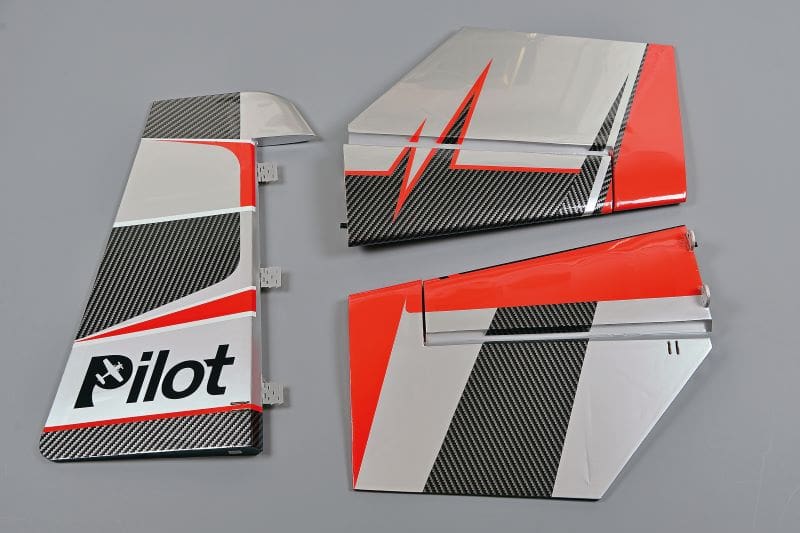
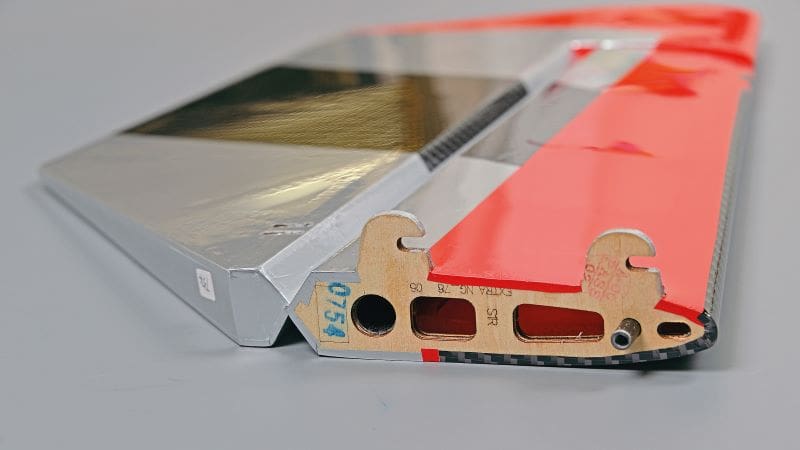
WING PANELS
These mighty assemblies follow the same construction method as the tail parts, with lite-ply ribs and other parts used to support the carbon wing tubes. These tubes are of larger 19mm inside diameter. Correct incidence is maintained using carbon pegs front and rear, and the wings are held in place with two nylon bolts, screwed into place from inside the fuselage and accessed by the huge canopy-cum-fuselage hatch.
Like the elevators, the ailerons are pre-installed and centre hinged (all hinges are glued and pinned) and the gap is sealed.
Covering is to the same high standard as the tail feathers.
Other notable features are the carbon reinforced servo mounts and the bolt-on Side Force Generators, which can be fitted at the field in just a few minutes if required.
The left panel hit the kitchen scales at 365g, with the right weighing just a bit more at 391 grams.
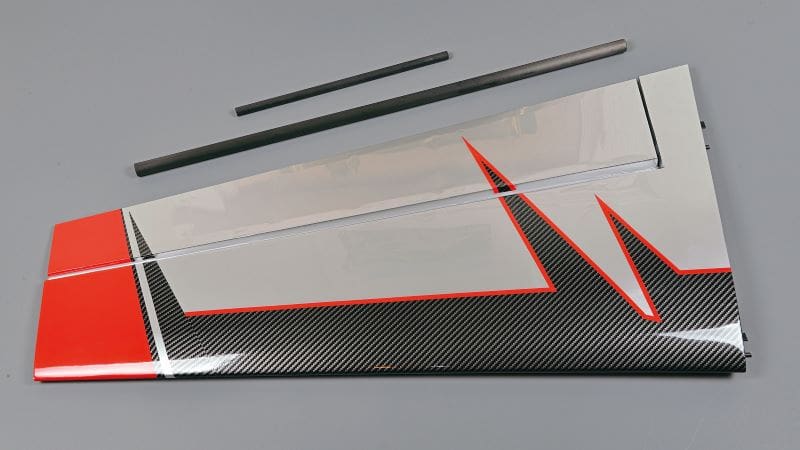
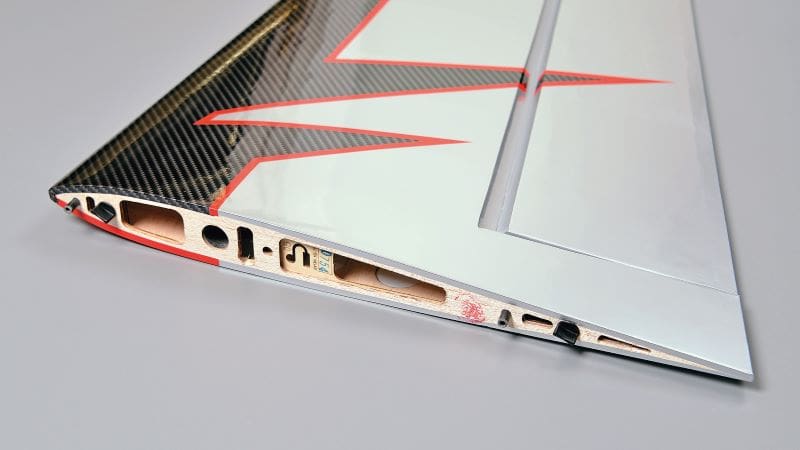
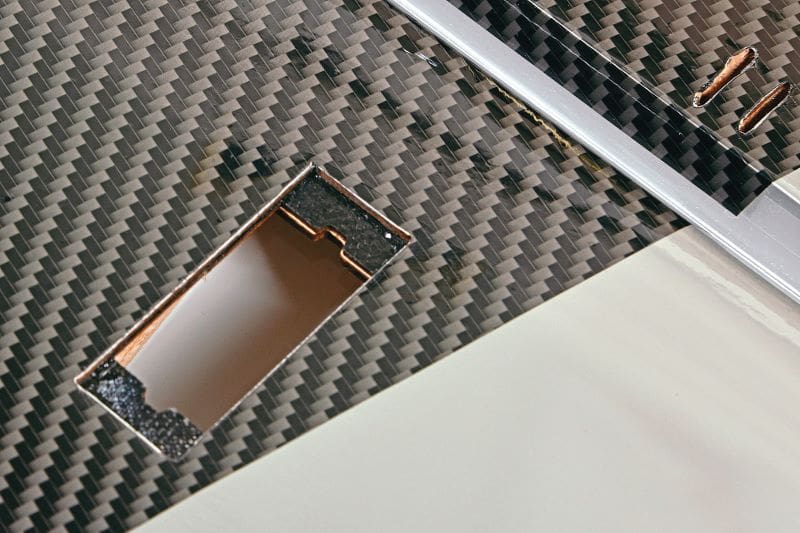
CONTROL LINKAGES
All control surfaces are pre-slotted, ready to accept pairs of epoxy sheet control horns. The rudder is fitted with double sided horns so that it can be coupled using closed loop wires to the rudder servo, mounted centrally within the fuselage.
The use of two pairs of control horns is reassuring to see on a model of this size and heralds its anticipated use by advanced pilots for extreme aerobatics. The pushrods are pre-prepared using ball-links at each end. The ball-links are sandwiched between each pair of control horns and secured with a through bolt.
A neat feature is the use of right and left-hand threads at each end of the aileron and elevator pushrods. This means they can be lengthened or shortened simply by turning their hex-shaped centres using a small spanner, making centring each control surface much quicker and easier than when having to adjust the ball links at each end.
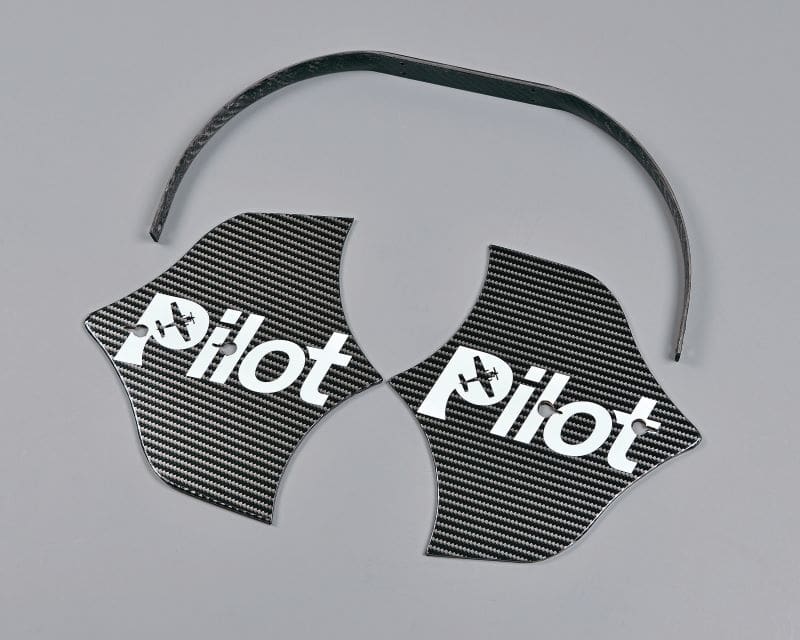
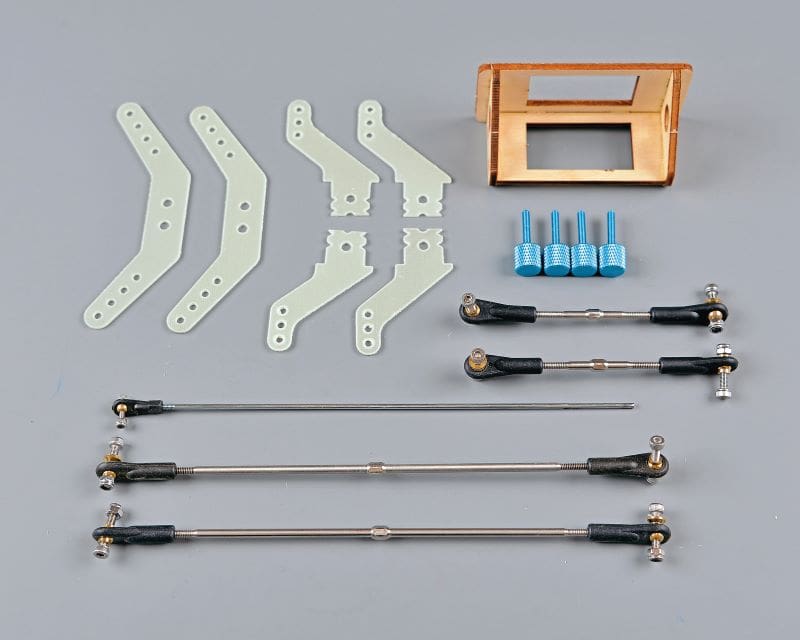
BIG BODY
At the bottom of that big box is an equally long fuselage waiting to be released. It weighs 1.54kg out of its wrapper and is dominated by the near two thirds length crystal clear canopy. In fact, the whole piece is a one-piece moulding, with the canopy area masked off and the rest spray painted red to closely match the red Oracover used on the rest of the model. A lightweight dummy cockpit interior is fitted, made from carbon effect foamboard, complete with two sets of printed instrument panels. It should be possible to retro fit a suitably sized pilot bust, together with some localised strengthening of the cockpit floor, but this will no doubt sacrifice some of the model’s top end performance for a greater scale effect.
The huge canopy is held in place using two aluminium pegs at the front and two ply hooks at the rear. These hooks engage with a piece of thick multi strand wire that is held under constant tension in a slight bow. Each end of the wire is fitted with a knurled, red anodised knob that extends out from each side of the fuselage and which rotate in pre-cut arch shaped slots to engage with the canopy hooks. See the pictures on the previous page which show how this works much more clearly than I can explain it! The result is a quick release system for the canopy which means that battery changes for the electric version can be made quickly and easily.
Fuselage construction makes extensive use of lightweight laser cut lite-ply parts, much of which is also laminated with a carbon skin to provide additional strength where needed. The fuselage also utilises square carbon rods for stringers and other critical support pieces. A 19mm inside diameter carbon tube is fitted across the middle of the structure to support the matching 723mm long wing tube.
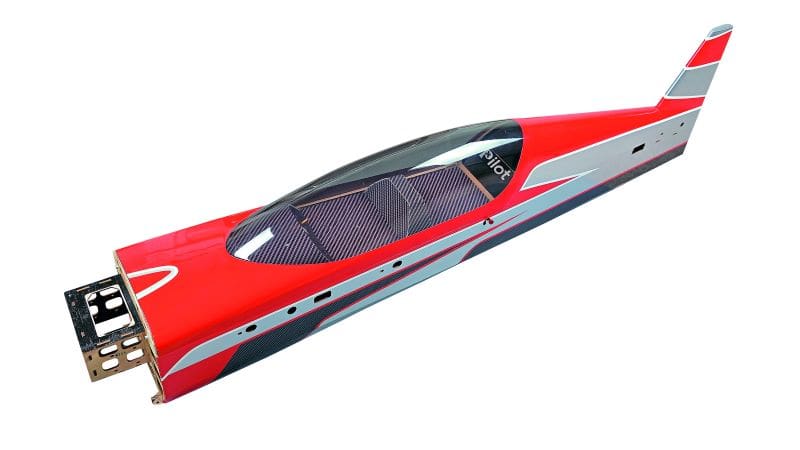
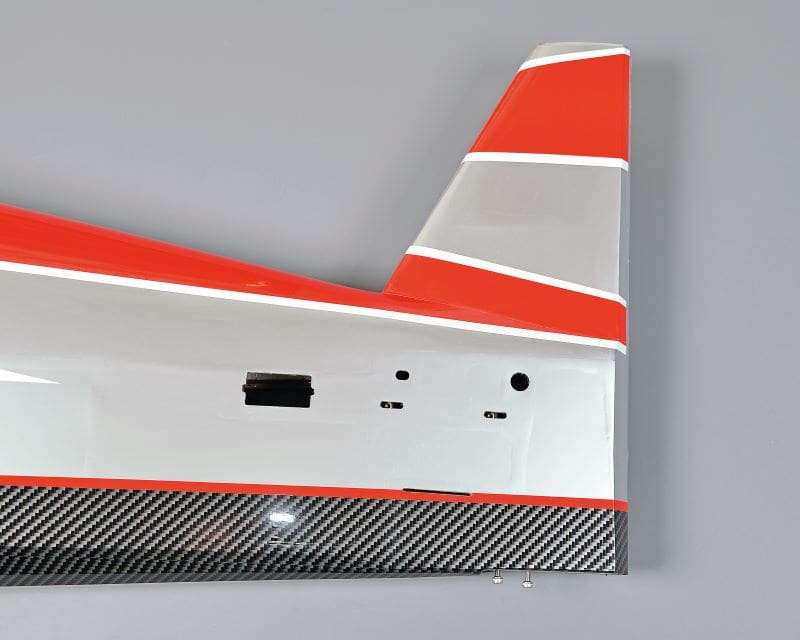
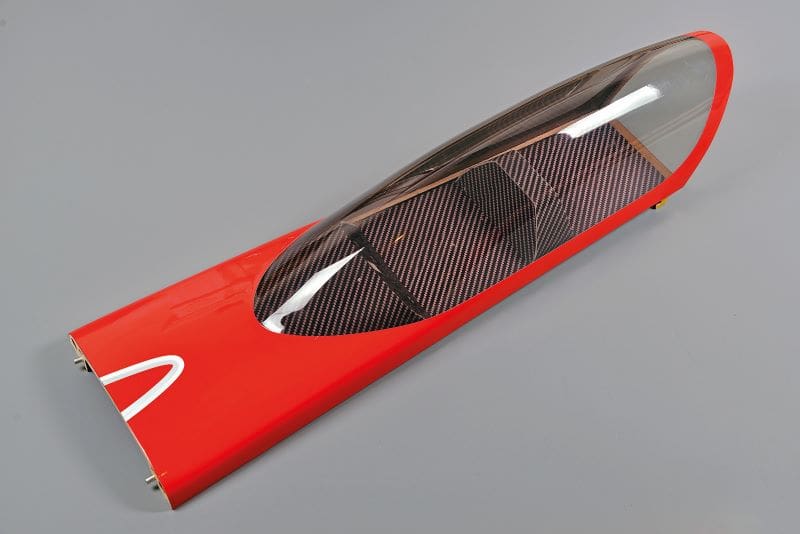
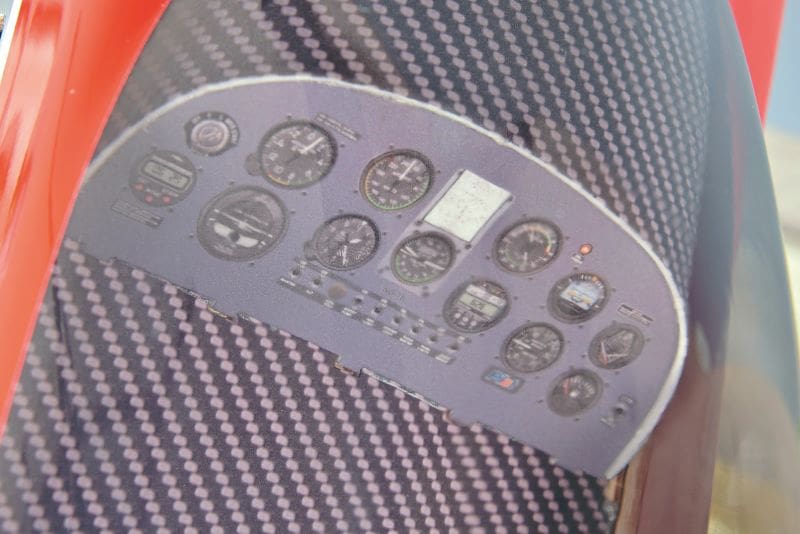
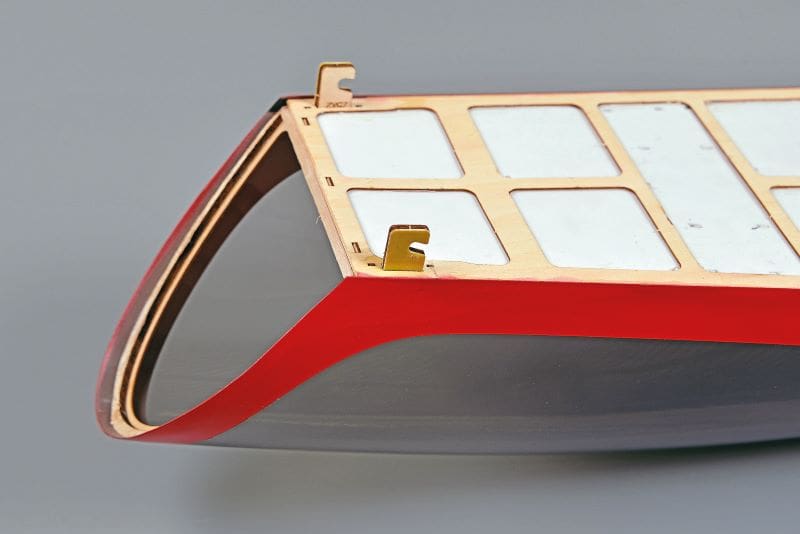
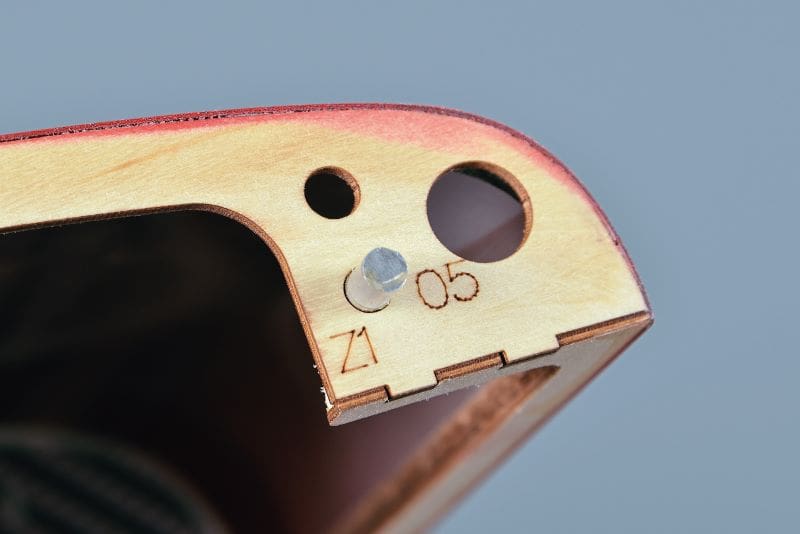
At the front is a preformed engine/motor mounting box, the front firewall of which is laser engraved to assist with lining up the chosen powerplant correctly. This model suits 30-40cc petrol engines or equivalent electric power. Additional laser cut mounting templates are provided for several popular engines, notably the DLE-35RA, DA-35 and DLE-30.
To assist petrol engine installations a complete suite of high-quality accessories is also supplied consisting of a 14-ounce fuel tank with filtered clunk, a decent length of petrol tubing and a fuel dot and breather valve.
I have decided to go the electric route so will be fitting MacGregor’s recommended powerplant, a Dualsky GA3500R of 200kV, which the box advertises as a 35cc equivalent class motor.
The chosen motor/engine is encompassed by a large and finely moulded epoxy glass cowl. This impressive part is pre-cut and painted to Pilot-RC’s usual high standard and is factory fitted with a rear mounted ply support ring so it can be fitted straight after the engine/motor installation is completed.
To finish the nose end of this impressive model the hardware set also includes a pre-painted 3.5-inch carbon spinner.
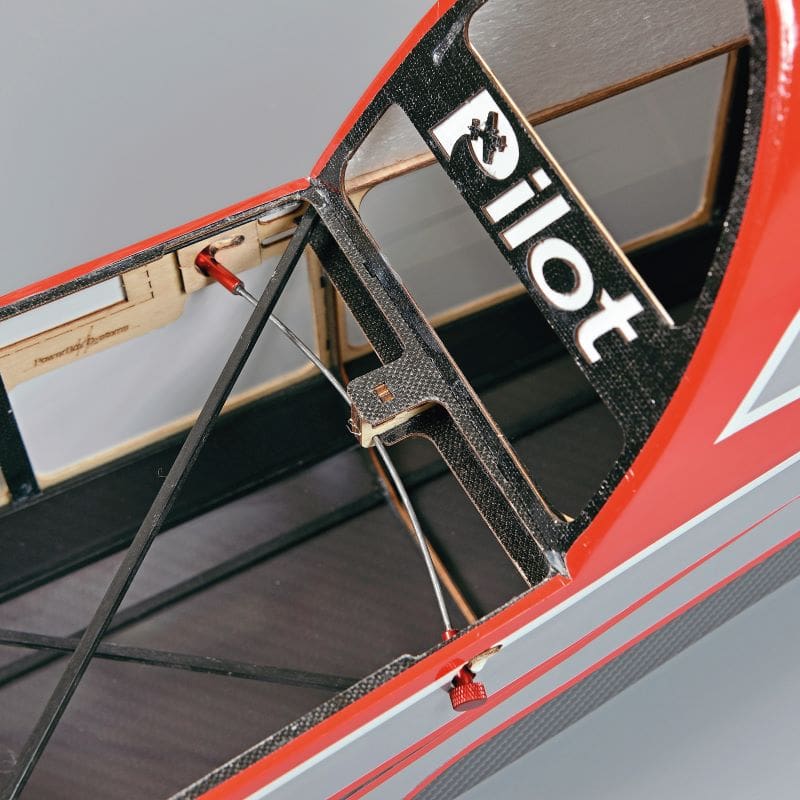
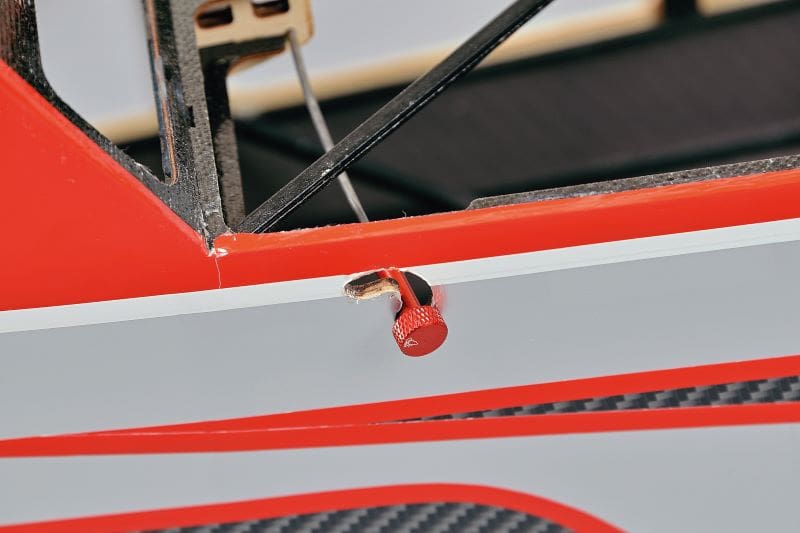
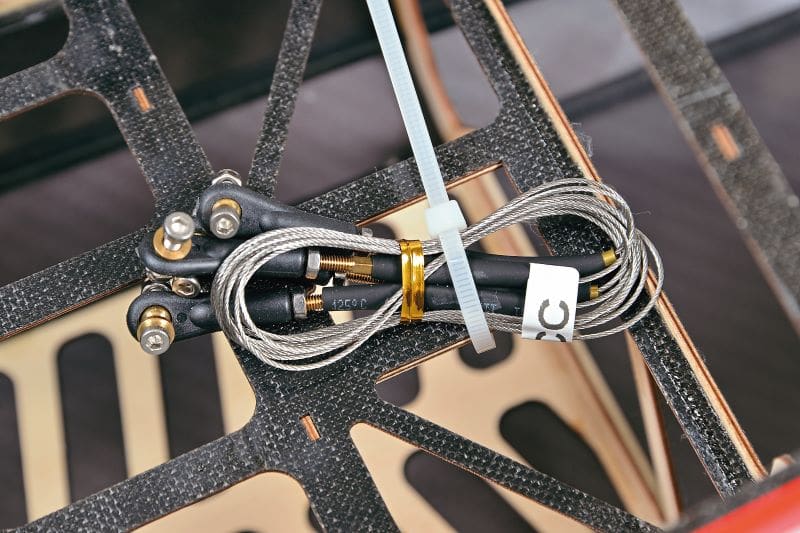
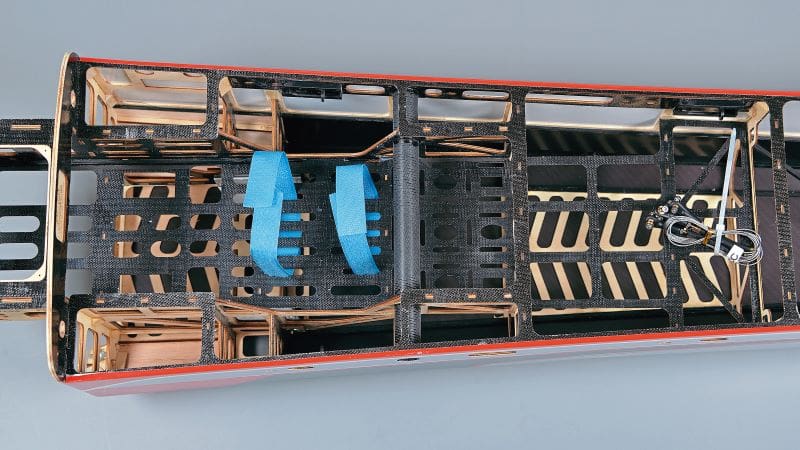
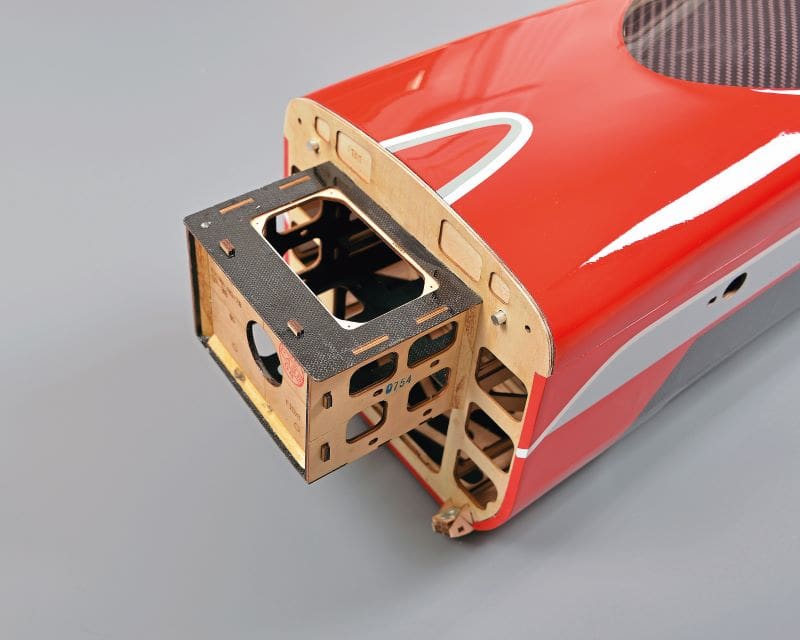
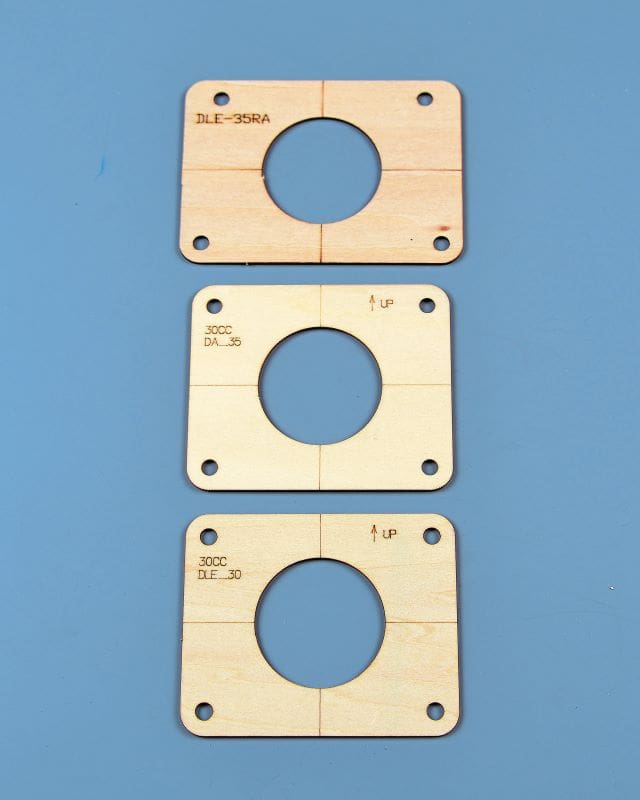
UNDERCARRIAGE
The curved carbon fibre main undercarriage is supplied with 80mm foam wheels and matching spats. On the full-size aircraft the spats are cut out at the back (possibly to aid grass/mud clearance?) and it is nice to see that this feature is replicated on the model’s wheel covers.
A pre-assembled steerable tailwheel, complete with carbon fibre mounting leg and dual metal yoke, is also supplied.
Another nice touch with this kit is the addition of a pair of laser cut ply wheel lifts. These support the axles when in storage or in transit, thus keeping the weight of the aeroplane off the foam tyres and helping to reduce flat spots.
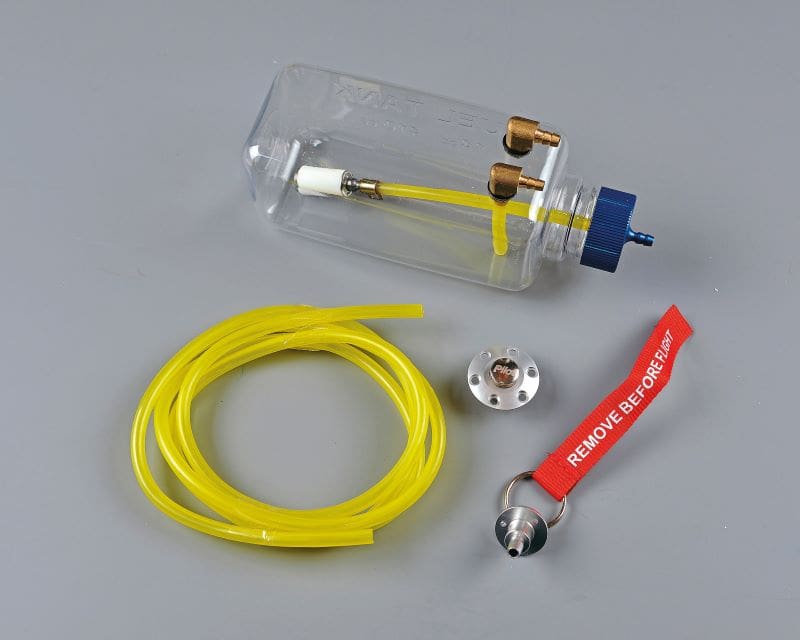
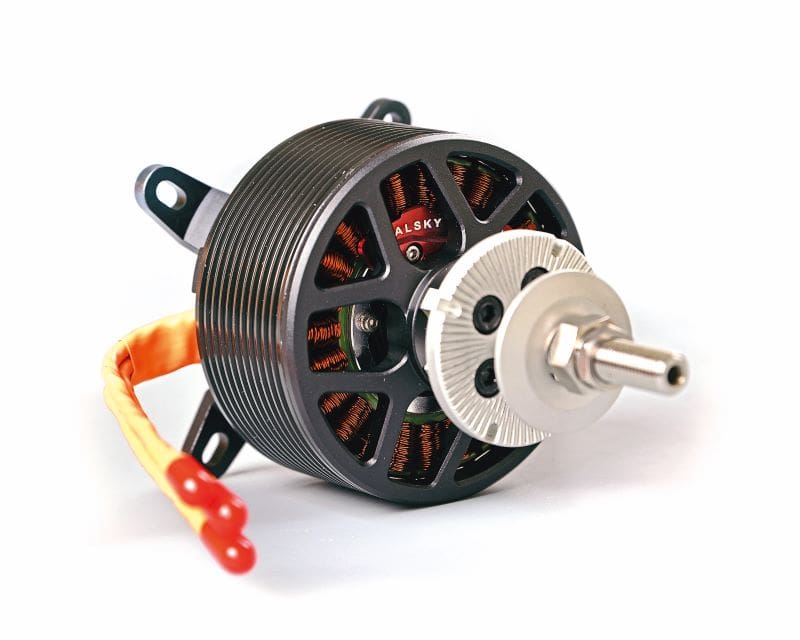
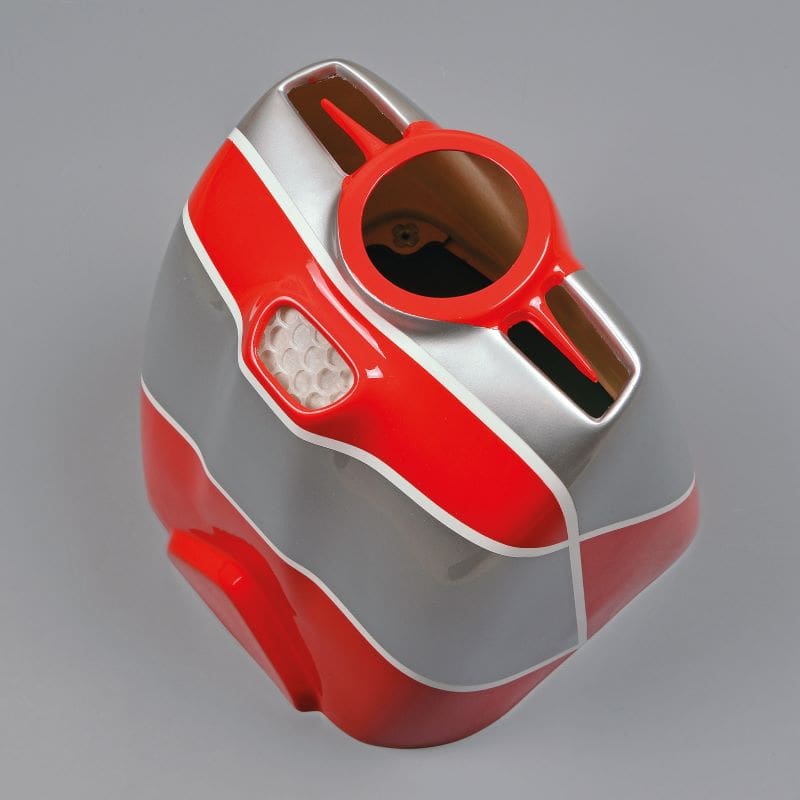
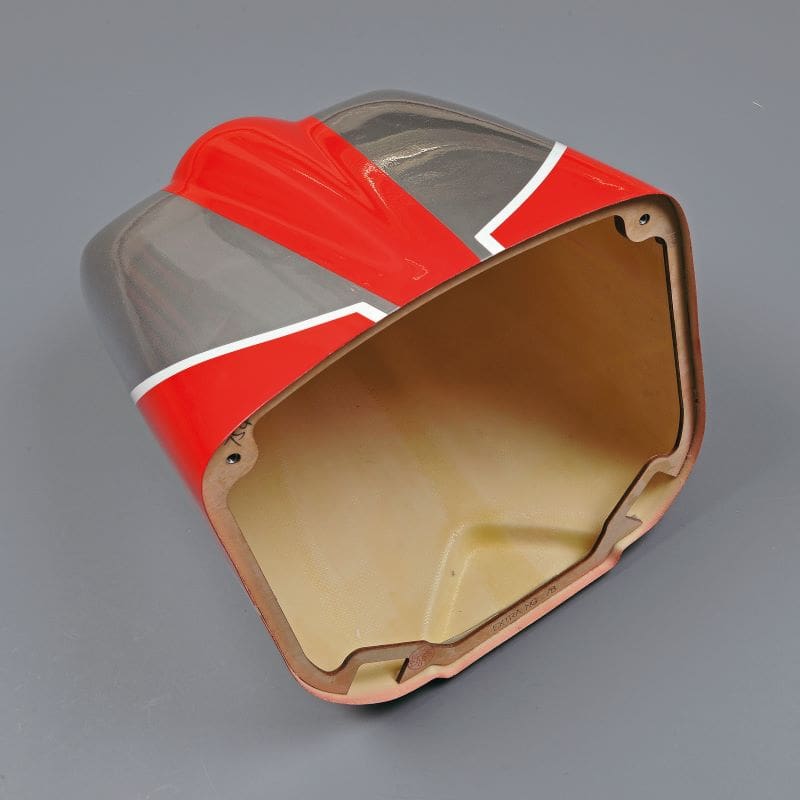
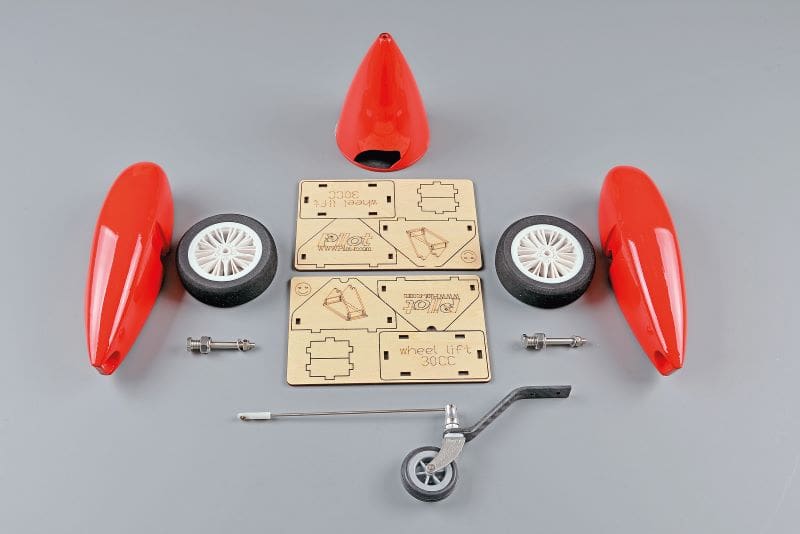
LET ASSEMBLY BEGIN
One frustration I often have with advanced kits is the lack of building instructions. Sometimes, when instructions are sparse one must rely on internet build blogs. I have to say that I was a bit worried that this was going to be the case with this fine model too as there’s not so much as a sheet of paper inside that copious box to guide you on your way. And even though this kit has been in production for a couple of years there are still no instructions available to refer to when building it, although I am told that a full manual is coming soon. However, on the Pilot-RC webpages for the Extra NG – 78” there are numerous specifications, pictures and drawings to assist you, plus a link to the manual for the 103-inch Laser, which goes together in a similar way. There are also manuals for the 103” and 67” versions of the Extra NG so these should help if the builder encounters any sticky situations, but I think this is unlikely with such an otherwise well-prepared kit.
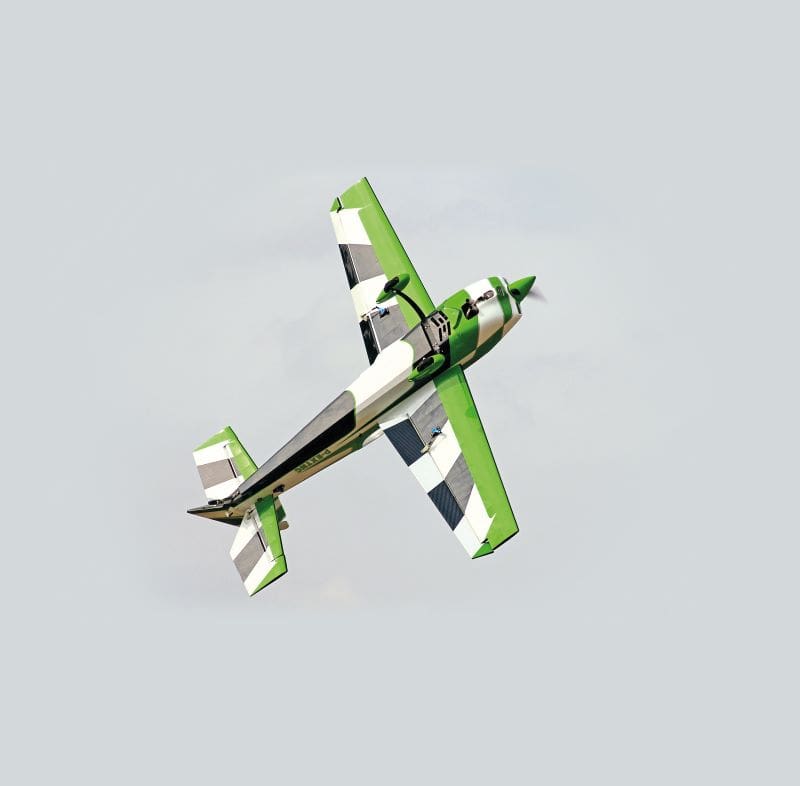
DATAFILE
Model: Extra NG – 78”
Model type: Semi scale aerobatic
Manufacturer: Pilot-RC
UK importer: MacGregor Industries Ltd.https://www.macgregor.co.uk/pilotrc/kits.htm
RRP: £629.95
Length: 74.2″ (1.88m)
Wingspan: 78″ (1.97m)
Wing area: 1,216 sq.in. (0.7847 sq.m.)
Weight: 12.5 lbs (5.7 kg)
Functions: Ailerons (2), rudder (1), elevator (2), throttle (1) or ESC
Engine: 30-40cc or equivalent electric




